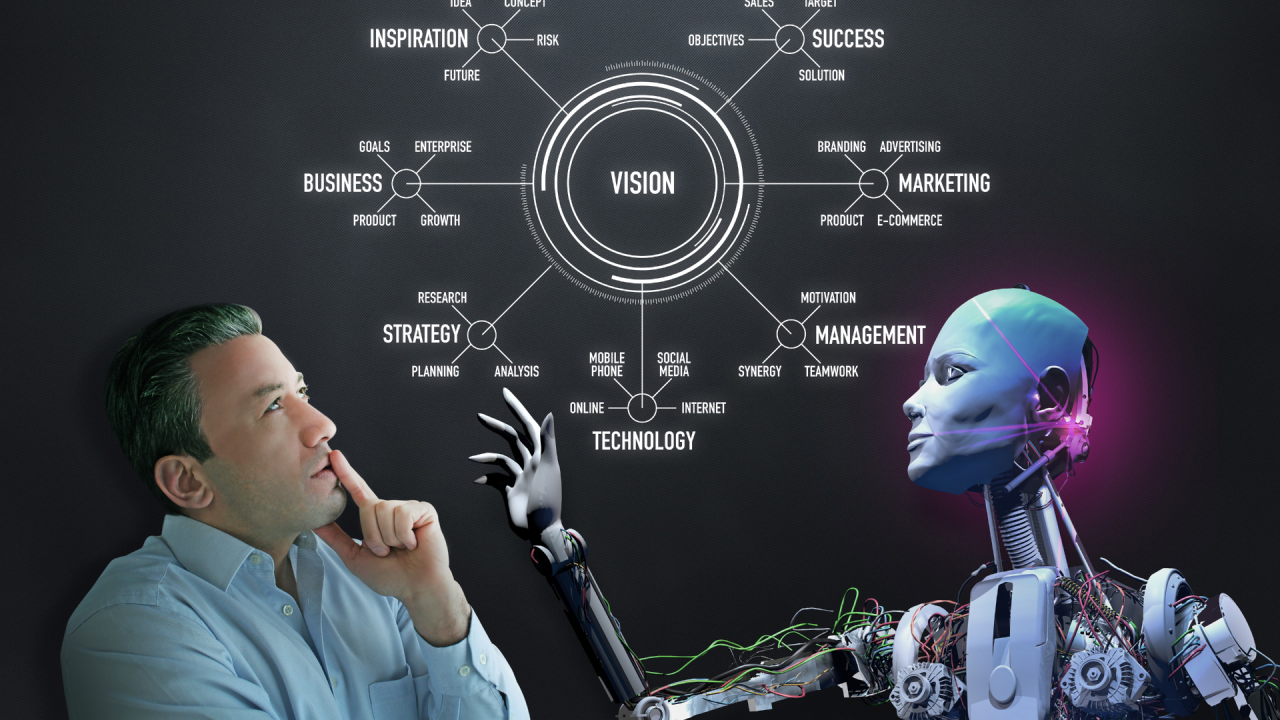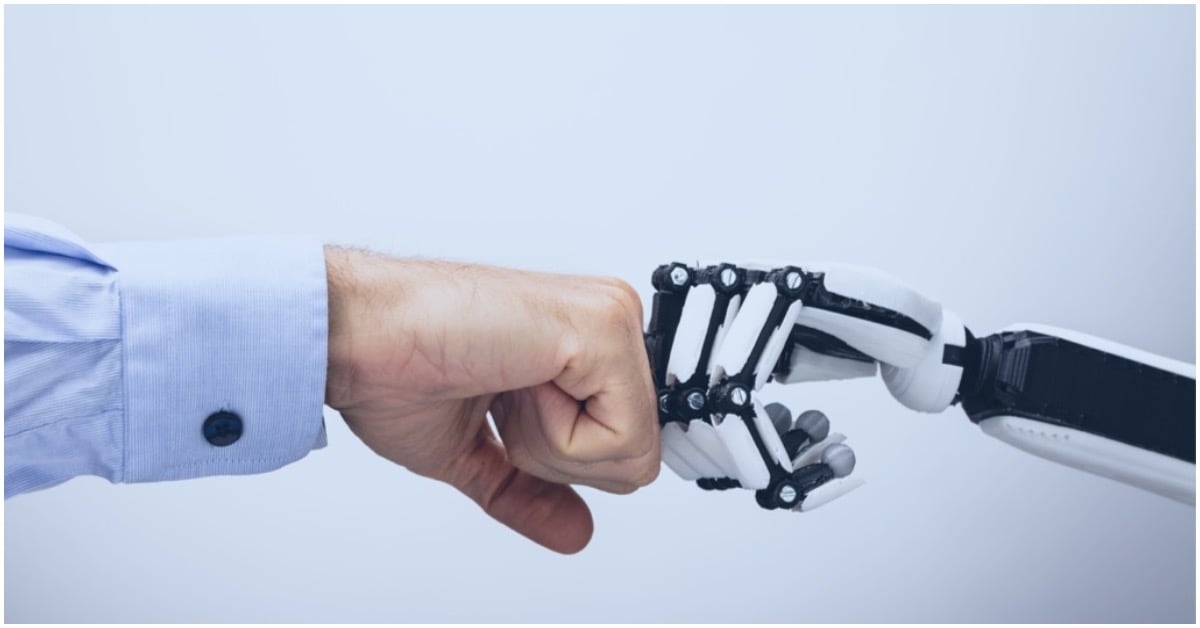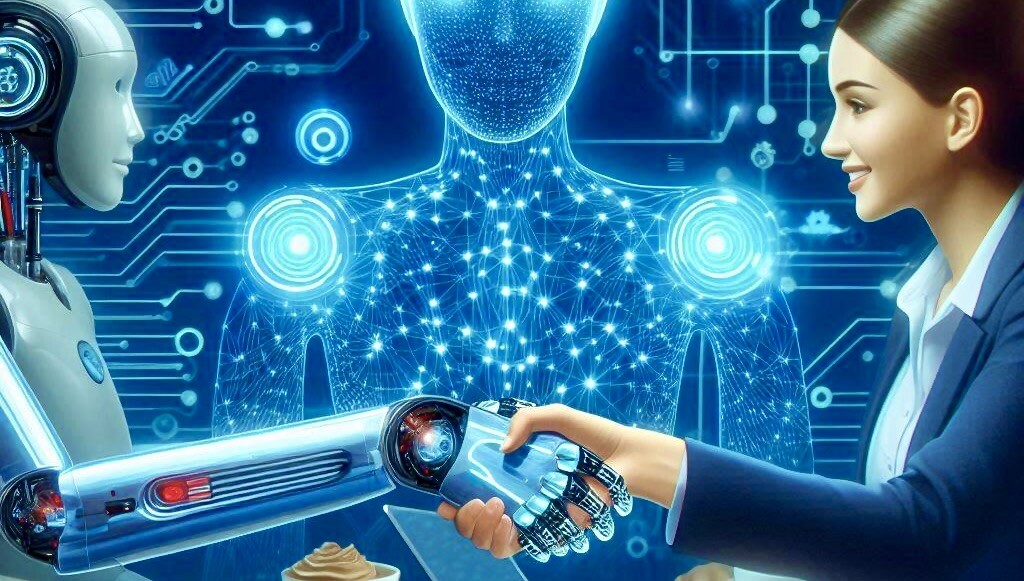In an increasingly interconnected world, the relationship between humans and technology is undergoing a profound transformation. We are moving beyond a simple master-tool dynamic towards a future where humans and machines collaborate in a truly symbiotic fashion. This isn't just about automation; it's about a deeper, more integrated partnership where the unique strengths of both entities are leveraged to achieve outcomes previously unimaginable.
Symbiotic human-machine collaboration refers to a state where humans and intelligent systems work together in a mutually beneficial and interdependent manner. Machines augment human capabilities, handling complex computations, data analysis, and repetitive tasks with speed and precision, while humans contribute creativity, critical thinking, emotional intelligence, and contextual understanding. This synergy allows for innovative solutions, enhanced productivity, and a more efficient and fulfilling work environment.
This article will delve into the fascinating realm of new human-machine collaboration models, exploring the drivers, various forms, and immense benefits. We will also critically examine the challenges and ethical considerations to ensure a responsible and equitable transition into this symbiotic future. By understanding these dynamics, we can better prepare for a future where humans and machines don't just coexist, but truly thrive together.

The Evolution of Human-Machine Interaction
The journey of human-machine interaction has evolved from simple tools to sophisticated partners. Initially, technology extended human physical capabilities. The advent of computers and automation shifted this, with machines taking on cognitive tasks and automating repetitive processes. This was the age of automation, focused on offloading human labor and increasing efficiency.
Today, we stand at the precipice of a new era, driven by advancements in artificial intelligence, machine learning, robotics, and the Internet of Things (IoT). The relationship is no longer just about automation; it’s about collaborative intelligence. This shift is fueled by:
•Advanced AI and Machine Learning: AI systems learn from data, recognize patterns, and make predictions, understanding context and anticipating human needs.
•Sophisticated Robotics and Sensors: Robots are becoming more agile, aware of their surroundings, and capable of working safely alongside humans.
•Ubiquitous Connectivity (IoT): Connected devices create a rich data environment for seamless machine-to-machine and human-to-machine communication.
Early examples of this collaborative spirit are visible in manufacturing (cobots), medicine (AI-powered diagnostics), and finance (data analysis tools). These are just the beginning of a much deeper and more integrated symbiotic future.

New Models of Human-Machine Collaboration
As technology advances, so too do the ways in which humans and machines can collaborate. We are witnessing the emergence of sophisticated models that go far beyond simple task automation, fostering genuine partnerships:
•Co-creation and Co-piloting: AI assists humans in creative and complex tasks like design, writing, and software development, generating iterations and suggesting code snippets.
•Augmented Reality (AR) and Virtual Reality (VR) for Collaboration: Immersive technologies create new collaborative spaces. AR overlays digital information onto the real world, while VR creates shared virtual environments for remote teams.
•Human-Robot Teaming: Collaborative robots (cobots) work safely alongside humans in shared workspaces, transforming manufacturing, healthcare, and logistics by handling repetitive or physically demanding tasks.
•Intelligent Assistants and Agentic AI: These systems become proactive partners, anticipating needs, managing multi-step tasks, and providing insights, significantly boosting productivity.
•Brain-Computer Interfaces (BCIs) and Enhanced Cognition: While early, BCIs aim to create direct communication between the human brain and external devices, potentially enhancing human cognition and enabling shared mental models.

Benefits of Symbiotic Collaboration
The integration of human and machine intelligence in a symbiotic relationship unlocks numerous benefits:
•Enhanced Productivity and Efficiency: Combining machine speed and precision with human creativity leads to superior outcomes. Machines handle data-intensive tasks, freeing humans for higher-order thinking.
•Innovation and Problem-Solving: AI analyzes vast datasets for patterns and novel solutions, while humans apply contextual understanding and ethical reasoning, accelerating discovery in various fields.
•Improved Decision-Making: AI provides real-time insights, predictive analyses, and risk assessments, empowering humans to make more accurate and timely decisions.
•Upskilling and Reskilling the Workforce: As machines take over routine tasks, human workers develop skills in AI oversight, data interpretation, and complex problem-solving, fostering a more adaptable workforce.
•Safety and Risk Reduction: Machines can be deployed in hazardous environments, protecting human lives and reducing workplace accidents.
Challenges and Ethical Considerations
While promising, symbiotic human-machine collaboration faces significant challenges:
•Trust and Transparency: Humans need to trust AI recommendations, requiring transparent AI reasoning to avoid a 'black box' problem.
•Job Transformation and Ethical AI Deployment: The transformation of job roles necessitates robust reskilling programs and policies to prevent algorithmic bias and ensure equitable distribution of benefits.
•Data Privacy and Security: Protecting sensitive information in highly integrated systems is crucial, requiring robust cybersecurity and clear data governance.
•Human Over-reliance and Skill Erosion: The risk of humans becoming overly dependent on machines, potentially leading to a decline in critical human skills, requires maintaining a balance.
•Defining Responsibility and Accountability: Clear legal frameworks are needed to assign accountability when collaborative systems make errors.
Case Studies and Real-World Applications
Human-machine collaboration is already being realized across industries:
•Healthcare: AI-powered tools assist in diagnostics and personalized medicine, while robotic surgery enhances precision.
•Manufacturing: Cobots work alongside humans, handling repetitive tasks and improving product quality.
•Creative Industries: AI assists in music composition, art generation, and content creation, allowing human creatives to focus on refinement.
•Education: AI-powered platforms provide personalized learning and tutoring, making education more accessible and effective.
The Future Outlook
The trajectory of human-machine collaboration points towards an increasingly seamless and integrated future. This will involve:
•Ubiquitous and Intuitive Integration: Technology will become more embedded and context-aware, anticipating needs and assisting effortlessly.
•Ethical Governance: Ongoing dialogue and collaboration are needed to establish robust regulatory frameworks and ethical guidelines.
•Continuous Learning and Adaptation: Both humans and machines will continuously learn and adapt, driving progress and ensuring a positive symbiotic relationship.
Conclusion
The symbiotic future of human-machine collaboration is a rapidly unfolding reality. As intelligent systems become more sophisticated, their capacity to augment human capabilities, drive innovation, and enhance efficiency is transforming industries and redefining work. While challenges related to ethics, job transformation, and security must be diligently addressed, the potential for a future where humans and machines work in concert to solve complex problems and unlock unprecedented levels of productivity is immense. By embracing this partnership with foresight and responsibility, we can collectively build a future that is more intelligent, innovative, and ultimately, more human.





